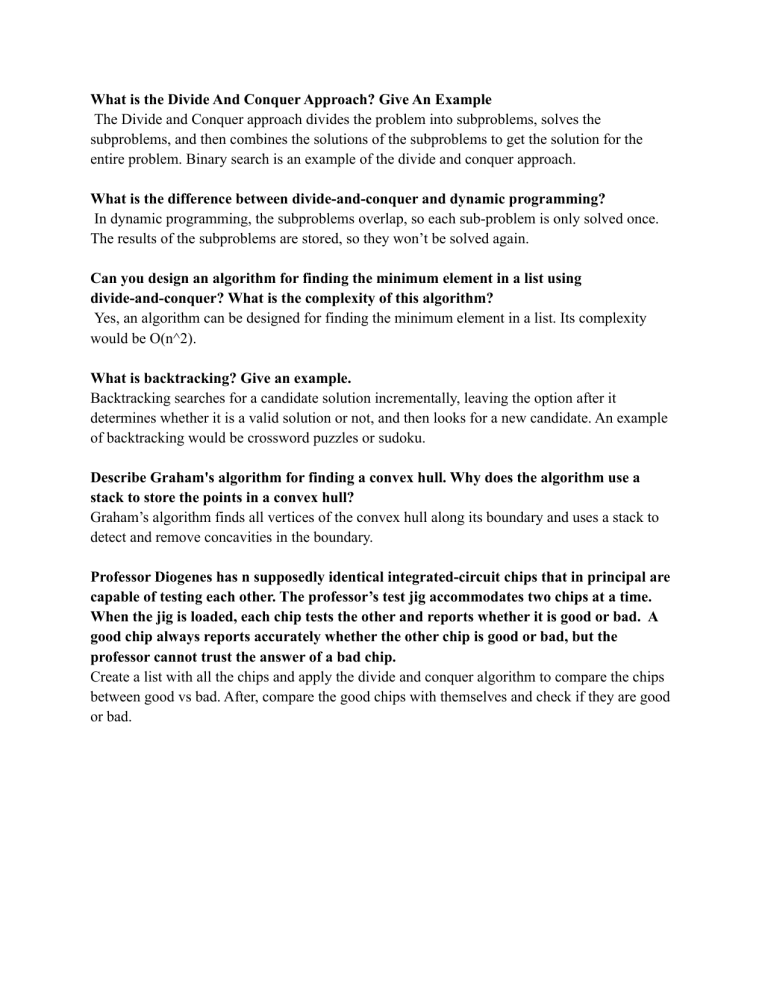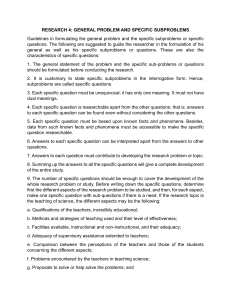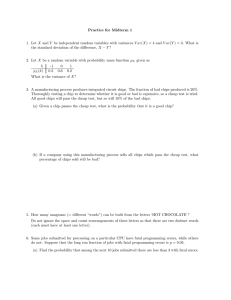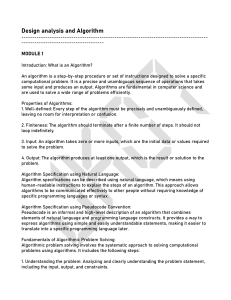
What is the Divide And Conquer Approach? Give An Example The Divide and Conquer approach divides the problem into subproblems, solves the subproblems, and then combines the solutions of the subproblems to get the solution for the entire problem. Binary search is an example of the divide and conquer approach. What is the difference between divide-and-conquer and dynamic programming? In dynamic programming, the subproblems overlap, so each sub-problem is only solved once. The results of the subproblems are stored, so they won’t be solved again. Can you design an algorithm for finding the minimum element in a list using divide-and-conquer? What is the complexity of this algorithm? Yes, an algorithm can be designed for finding the minimum element in a list. Its complexity would be O(n^2). What is backtracking? Give an example. Backtracking searches for a candidate solution incrementally, leaving the option after it determines whether it is a valid solution or not, and then looks for a new candidate. An example of backtracking would be crossword puzzles or sudoku. Describe Graham's algorithm for finding a convex hull. Why does the algorithm use a stack to store the points in a convex hull? Graham’s algorithm finds all vertices of the convex hull along its boundary and uses a stack to detect and remove concavities in the boundary. Professor Diogenes has n supposedly identical integrated-circuit chips that in principal are capable of testing each other. The professor’s test jig accommodates two chips at a time. When the jig is loaded, each chip tests the other and reports whether it is good or bad. A good chip always reports accurately whether the other chip is good or bad, but the professor cannot trust the answer of a bad chip. Create a list with all the chips and apply the divide and conquer algorithm to compare the chips between good vs bad. After, compare the good chips with themselves and check if they are good or bad.





